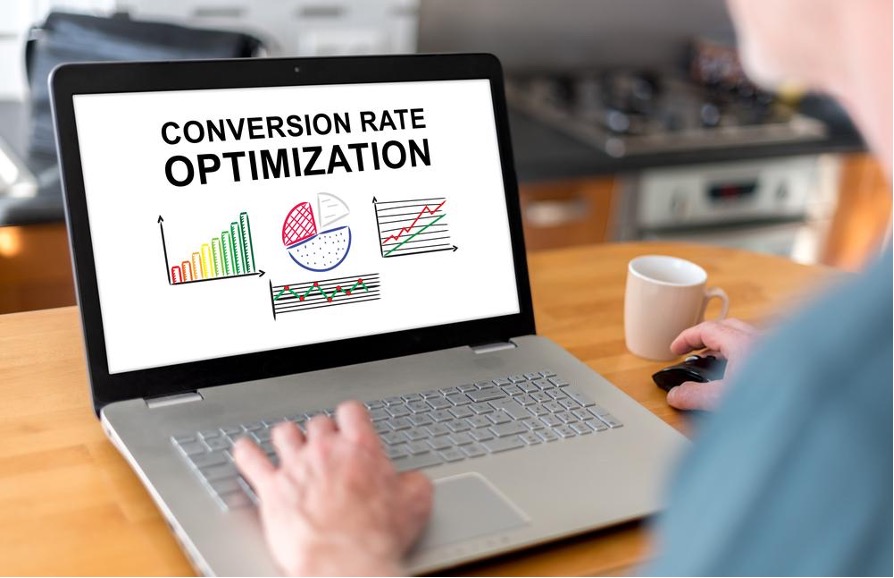This article is about Cloud Computing
6 Elements of Cloud Computing
By NIIT Editorial
Published on 24/01/2022
7 minutes
Cloud adoption has become an important part of IT optimization as companies continue to increase their investment in the cloud to drive their business. Cloud migration allows businesses to become more agile, improve inefficiencies, and provide a better customer experience. Today, the need for stability and flexibility for project management is more urgent than ever.
Optimized IT infrastructure varies from enterprise to enterprise but often consists of a combination of public, private, and traditional IT environments. According to an IDG cloud computing survey, 73% of key IT decision-makers have already adopted this combination of cloud technologies, and an additional 17% will adopt it within the next 12 months.
However, adopting cloud infrastructure does not have to be a comprehensive decision for companies worried about disruption. By integrating applications into a hybrid cloud model, enterprises can leverage cloud technology in cloud computing online training while managing their assets in their existing on-premises environment.
The following 6 Steps to Successfully Migrate Your Application to the Cloud Moving to a cloud environment can improve operational performance and agility, workload scalability, and security. Organizations can quickly migrate workloads from virtually any source and benefit from the following hybrid clouds:
Increased agility with on-demand IT resources allows organizations to scale to unexpected spikes and seasonal usage patterns. You can reduce your investment costs by switching from the operating cost model to the Pay As you go approach. Improve security with a variety of options throughout the stack, from physical hardware and networks to software and people. Before you start the cloud migration process, do the following to get a clear idea of what this is.
1. Make a strategy
Clarify what you want to achieve before heading to the cloud. It starts by collecting basic IT infrastructure metrics to allocate workloads to assets and applications. A basic understanding of your position will help you establish key performance indicators (KPIs) for cloud migration, such as B. Page load time, response time, availability, CPU usage, memory usage, and conversion. Strategy development needs to be done early in a way that prioritizes business goals over technology. These metrics enable measurements across different categories.
2. Identify the correct application
Not all apps are cloud-enabled. For some, private or hybrid clouds work better than public clouds. Some require tweaking, while others require significant code changes. A complete analysis of architecture, complexity, and implementation is easier before migration than after migration.
3. Get the right cloud provider:
An important aspect of optimization is the choice of cloud providers that can accompany the cloud migration process during and after the migration. Here are some of the important questions to ask yourself:
What tools are available to simplify the process, including third-party vendors? What is his level of experience? Can you support public, private, and multi-cloud environments of all sizes? How can it help you deal with complex dependencies, inflexible architectures, or redundant and outdated technologies? What support can you provide throughout the migration process? Switching to the cloud is not easy. Therefore, the service provider of choice must have a solid track record of handling complex tasks related to managing cloud migrations on a global scale. This includes the provision of service-level contracts that include milestone-based progress and results.
4. Maintaining data integrity and business continuity:
Risk management is important and sensitive data can be exposed during cloud migration. It is important to validate business processes after migration to ensure that automated controls provide the same results without disrupting normal operations.
- Adopt an end-to-end approach:
Service providers need to have a robust and proven methodology to consider every aspect of the migration process. This should include a framework for consistently managing complex transactions on a global scale. Please specify all of these in your Service Level Agreement (SLA) using the milestones agreed upon for progress and access results.
- Perform a cloud migration:
If you have carefully performed the previous steps, this last step is relatively easy. However, how you move to the cloud depends in part on the complexity and architecture of your application and the architecture of your data. You can move the entire application and run tests to see if it works before switching local traffic. Alternatively, you can take a more fragmented approach by slowly moving your customers, validating them, and then continuing this process until all your customers have moved to the cloud functions.
Conclusion
The results of IT optimization (accelerating recruitment, cost-effectiveness, scalability, etc.) can help drive business innovation and digital transformation. By carefully considering the applications and workloads to be migrated, adopting the cloud with a step-by-step approach allows organizations to realize these benefits without disrupting their business operations.
Cloud Computing and SysOps Program
Be job-ready! Earn a min. CTC of ₹4LPA with this -assured program*
Placement Assured Program*
12 Weeks

















































































































































































































































































































































































































































































